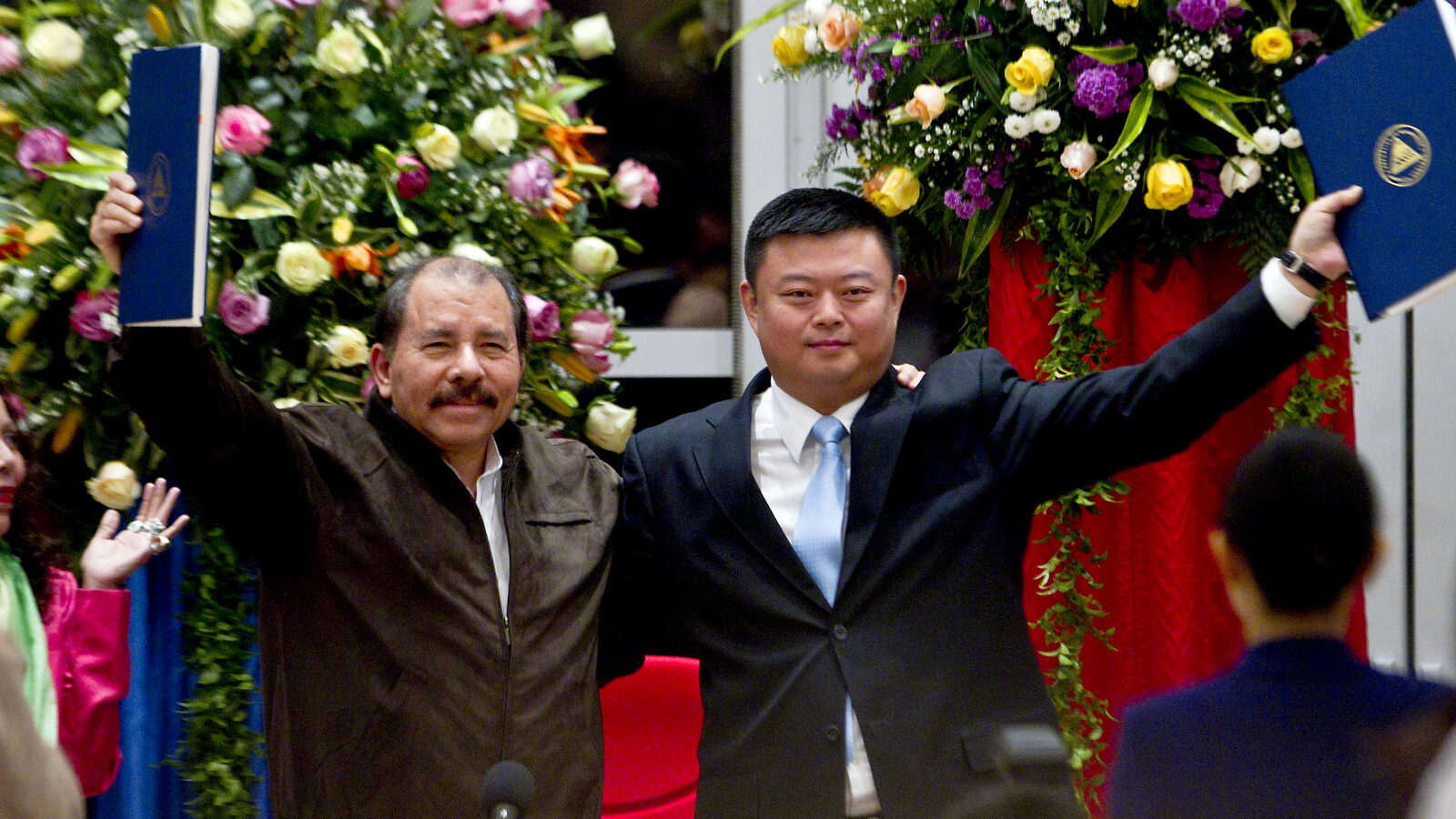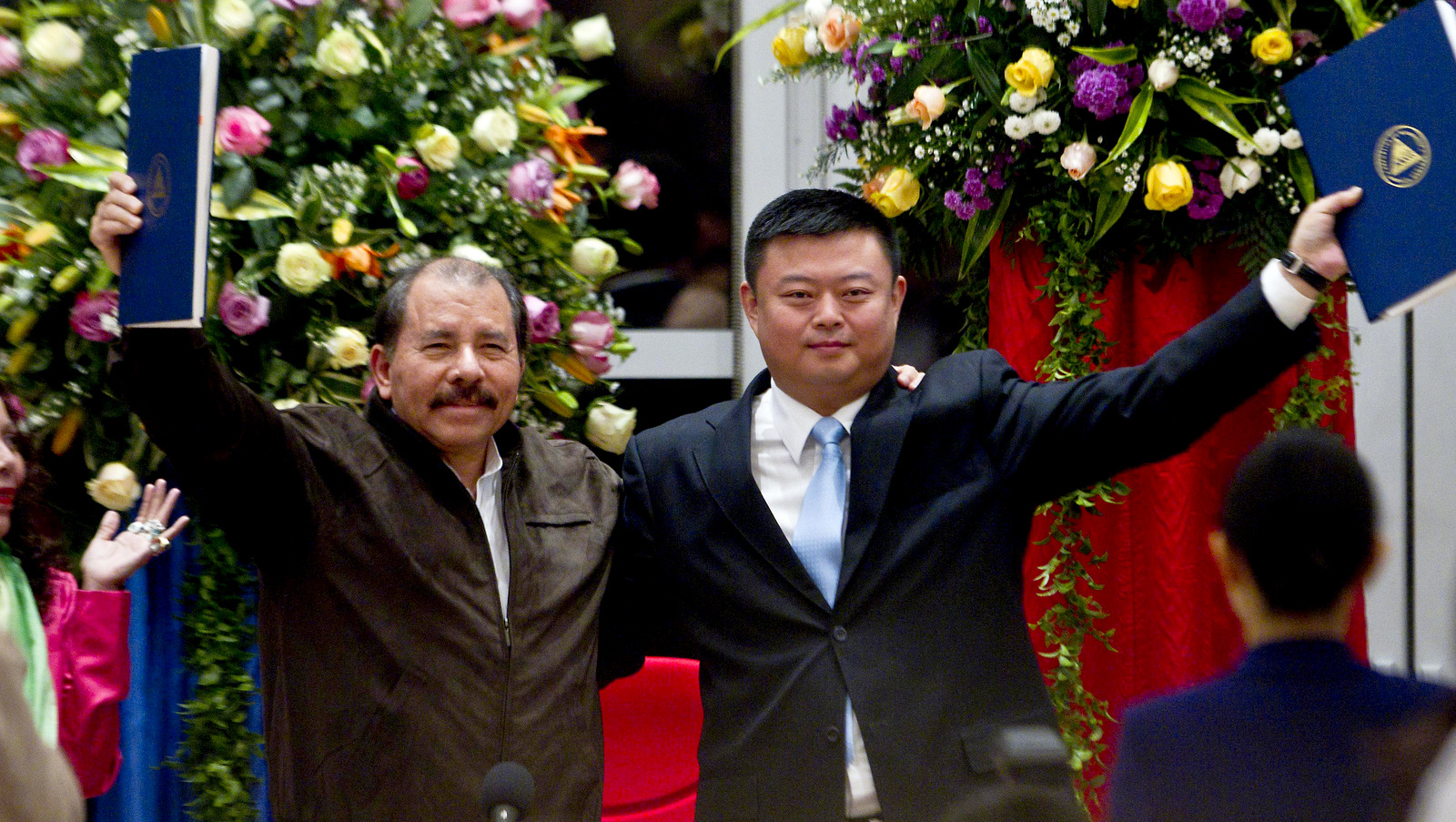
(Analysis) — Proponents of Western capitalism tend to talk a lot about “development.” If one reads the publications of the World Bank or the International Monetary Fund, or writings of economists like Milton Friedman and Jeffrey Sachs, one gets the impression that Western corporations are helping impoverished countries by doing business with them.
The reality of the conditions in Central America should be a stark refutation of these claims. Guatemala, Honduras, and Panama have been financial partners of the United States for hundreds of years. Wall Street banks and corporations have almost a free hand in these countries. The result has been not only persistent poverty, but increasing violence from narcotics traffickers. For many in Central America and Mexico, the unregulated reign of US corporations has made life has made life almost unlivable, and they have been forced to flee to the USA. Each day, corpses are discovered along the US border. The bodies belong to those who have died in the process of trying to enter the country after fleeing their homeland. The corpses belong almost exclusively to those living under pro-Wall Street, free market regimes.
While most of Central America is in dire poverty, one country has recently experienced a huge amount of growth. Its standard of living is rising, and the country is stabilizing. A recent article from the Wall Street Journal describes how poverty has been dramatically reduced in the past decade.
Unlike it neighbors, Nicaragua is not led by a pro-Western, market-oriented regime. Rather, it is led by the Sandinistas. President Daniel Ortega, a self-described Marxist revolutionary, has been leading the country since 2006. While other countries in the “Bolivarian Bloc” of leftist Latin American states are suffering due to US economic sabotage and the dramatic oil price drop, Nicaragua’s economy continues to grow.
According to the Wall Street Journal report, between 2005-2014, poverty in Nicaragua has decreased by 30%. Meanwhile, the GDP has risen by 36% between 2007 and 2016. The trend in Nicaragua’s economy stands in stark contrast to the rest of the region.
China & Nicaragua: A Long March to Independence
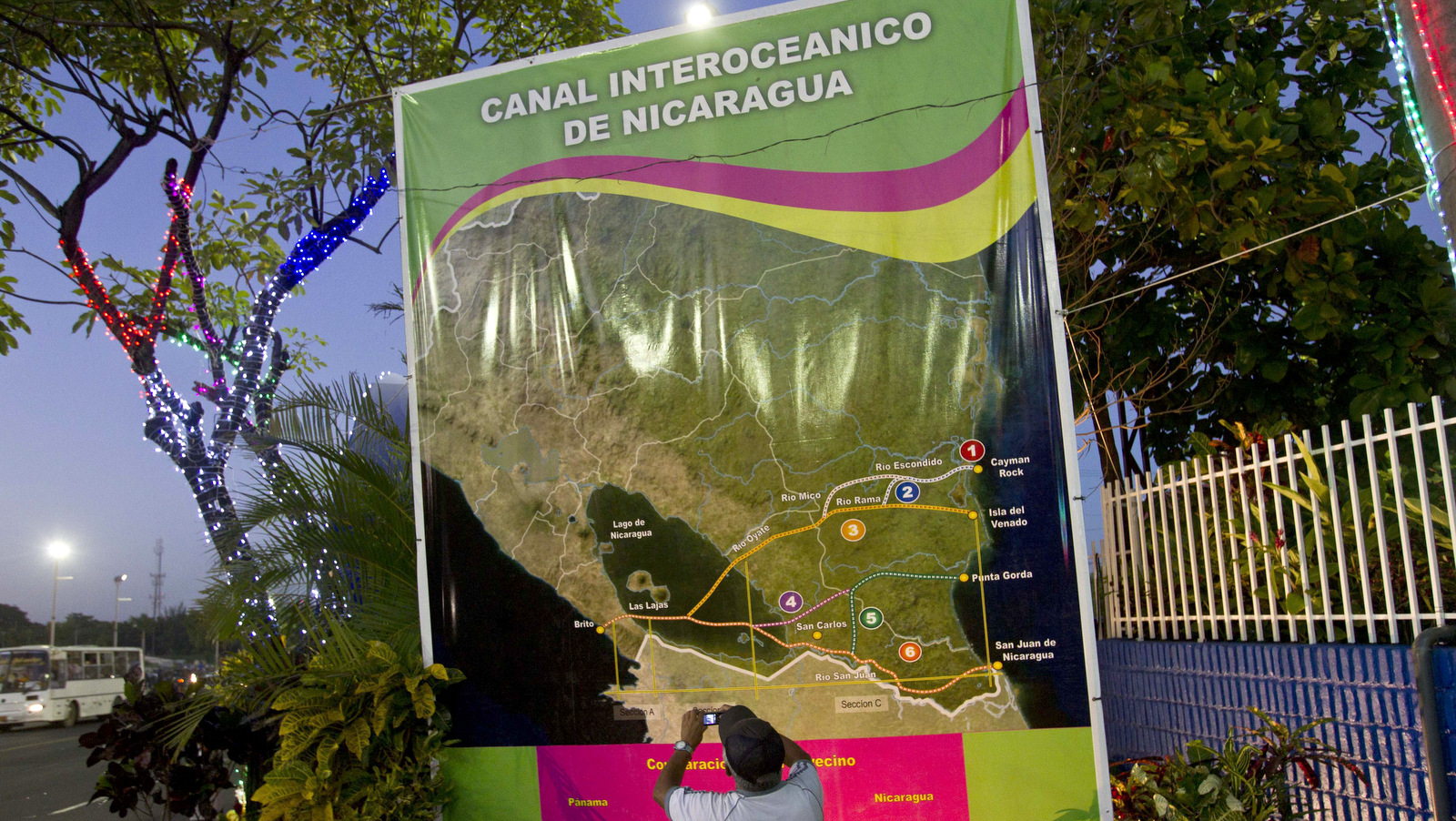
One of the biggest factors in Nicaragua’s continued growth is its business relationship with the People’s Republic of China. Currently, China is involved in a $40 billion construction project to build an alternative water route, countering the Panama Canal. The project is part of Xi Jinping’s “One Belt, One Road” policy. In the western hemisphere, Nicaragua can be described as the most important juncture in China’s New Silk Road.
Prior to 1949, China was commonly called the “sick man of Asia.” In the 1970s, Nicaragua could accurately be described as the “sick man” of Central America. The country was led by a US backed dictator, Anastasio Somoza. When the country was afflicted by a horrendous earthquake in 1972, the world watched as the corrupt, US-aligned regime confiscated the relief aid and prevented the injured and displaced from receiving assistance.
In 1979 the Sandinista National Liberation Front took power in a sudden, dramatic uprising. Much like Mao Zedong’s Chinese Communist Party, the Sandinista National Liberation Front were never Soviet stooges. The official Soviet-recognized Communist Party of Nicaragua had actually opposed the Sandinista revolt. The Sandinistas were inspired by Marxism, but they had developed their own ideology and tactics based on the unique conditions of their country. In addition to Marxism-Leninism, the Sandinistas also embraced Christianity, and had many Roman Catholic priests among their ranks. The Sandinistas were outspoken environmentalists, and sought to preserve the country’s rainforests and natural resources, which Western companies had rapidly been squandering.
Like Mao Zedong’s Eighth Route Army, even though the Sandinistas had their own ideas and refused cowtow to Moscow’s every order, the Soviet Union still provided them with huge amounts of support and aid in their early years. The Communist-led Island of Cuba was also very supportive of Nicaragua’s revolution.
Just as Mao Zedong’s revolution included huge efforts to improve the lives of the peasants, Daniel Ortega and his comrades focused on providing assistance to their own rural population. Doctors from Cuba staffed free healthcare clinics built with Soviet money. The Sandinista government launched a literacy campaign and taught millions of impoverished Nicaraguans how to read and write.
Just as in China, the United States supported the dictator Chiang Kai Chek in working against the popular revolution, in Nicaragua the United States funded and trained violent terrorists and extremists known as the “contras” to work toward retaking Nicaragua from the Sandinistas.
Relentless Attacks from Washington

The atrocities of the US-backed Contra warriors were extreme. They slaughtered entire villages and executed priests and nuns. At the “School of the Americas” in Georgia, the US military trained their Central American allies in the art of torture, assassination, and terrorism. Hundreds of thousands of civilians were killed during the 1980s. Even after the US congress outlawed aid to the human rights violating anti-government fighters, the Reagan administration continued to fund their campaign of violence. Ronald Reagan and Oliver North’s illegal selling of missiles to Iran, in order to secretly fund anti-government fighters in Nicaragua was known as the “Iran Contra Affair.” Approximately 50,000 people died in the prolonged civil war that followed Nicaragua’s 1979 revolution, in a country whose population is only slightly higher than 6 million.
The Contra fighters who worked to topple the Sandinista regime were also heavily involved in the smuggling of narcotics. Revelations by journalists such as Gary Webb eventually proved that the US Central Intelligence Agency was fully aware that the Contra forces were bringing cocaine into the United States, but persisted in supporting them and enabling them to continue their activities. It was in the 1980s, as the USA supported drug dealing anti-communist militias that the crisis of “Narco-Terrorism” which now plagues the region first began. It is no random coincidence that even today the drug cartels of Mexico, Honduras, and Guatemala are armed primarily with weapons manufactured in the USA.
Furthermore, just as the USA has sponsored Tibetan Buddhist separatists and Falun Gong religious fanatics in their efforts against the government of China, in addition to the Contras, the USA sponsored anti-government uprisings among the indigenous Mosquito peoples in Nicaragua. The plight of the Mosquito people, armed by the USA to fight the Nicaraguan government, became a kind of trendy, international humanitarian cause, just as anti-Chinese activism currently prevails among certain Hollywood celebrities.
As the Soviet Union collapsed, the Sandinistas faced an increasingly hostile global situation and an ongoing US-backed insurgency at home. No longer could they depend on Soviet aid, and Cuba was weakened as well. In 1992, the Sandinistas, who the USA had long described as “dictators” and “tyrants” stepped down peacefully after losing a democratic, internationally monitored election. But the Nicaraguan revolution was not over.
In the 1990s, leftists and anti-imperialists across Latin America adjusted their tactics. Instead of pushing for guerrilla warfare and prolonged insurgencies, those who sought to overturn capitalism worked to build alliances or coalitions against neoliberal privatizations and western economic dominance. They were inspired by the “People’s Front” tactics used by Communists during the late 1930s.
In 1999, Hugo Chavez was elected President of Venezuela. Evo Morales was later elected President of Bolivia. In a wave of anti-capitalism and pride in their homeland, the Nicaraguans re-elected Daniel Ortega and the Sandinistas in 2006.
Like Mao Zedong’s 1949 revolution in China, the 2006 election in Nicaragua was not a referendum on Communism or Socialist revolution. The Chinese Communist Party took power in a battle for democracy and land reform, and the Sandinistas returned to power in 2006 on a program of economic nationalism, rights for indigenous people, and independence for the country.
“Generating Wealth” To Build Socialism
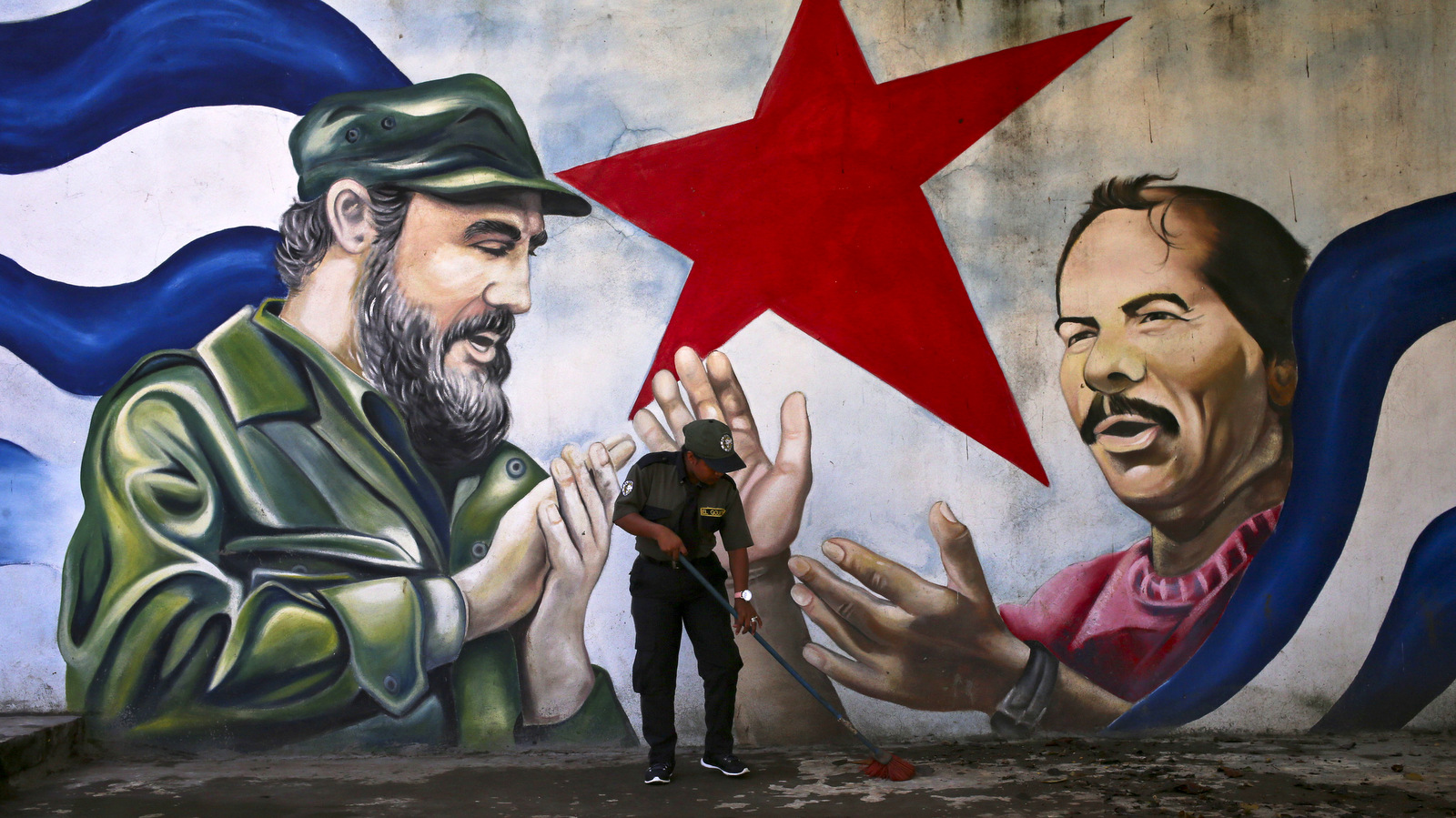
Now, as the leaders of Nicaragua and China collaborate to develop independently of Wall Street and London, they are studying not just the writings of Marx and Engels, but also the works of Hugo Chavez, Raul Castro, Hasan Nasrallah, and more contemporary revolutionary figures. Ortega has praised the Islamic Revolution of Iran saying: “revolutions of Iran and Nicaragua are almost twin revolutions…since both revolutions are about justice, liberty, self-determination, and the struggle against imperialism.” Ortega’s economic adviser, former guerrilla fighter Bayardo Arce, was quoted as saying “We have learned that you don’t eliminate poverty by distributing what you have, especially if you are poor. You have to keep generating wealth.” These sentiments are quite similar to what was stated by Deng Xiaoping when he repudiated the ultra-leftist Gang of Four, and said “Poverty is not Socialism, to get rich is glorious.”
The lesson of the 20th century for those who seek to build a world without poverty and oppression has been that there is only one global economy. No matter how egalitarian a small, underdeveloped country is, this cannot be the basis for socialism. Communism, the classless society envisioned by Karl Marx and the various Utopians who preceded him, can only be based on a vast material abundance.
But capitalism, left to its own devices, cannot create the required abundance. As can be seen today, in market-centered economies, abundance and poverty walk hand in hand. The computer revolution has made production far easier than ever before in human history. The result has been a global financial crisis. The Arab Spring in the Middle East and the Occupy Wall Street protests in the USA were largely comprised of the young people don’t fit into the global economy. In a crisis of mass migration, millions of people flee their homes because they no longer have a place at the assembly line. Meanwhile, so many of the efficiently created products cannot be sold to a planet of consumers whose purchasing power has been decimated by the technologically advanced, low wage economy.
The road to a new world of equality and justice is a rationally planned economy. This doesn’t necessarily mean that the “socialism in one country” engineered by Stalin must necessarily be followed. It does mean that markets should not be the dominant force in society; and things like banking, healthcare, and major industries should be nationalized. It also means that the existing market sector must be tightly regulated and controlled. To ensure development, corporations must be forced to function in accordance with a central plan. The policy of allowing capitalists to enrich themselves at the expense of the societies around them is a proven disaster.
Currently, the United States is becoming more and more chaotic as market forces are left to their own devices. Crime increases as capitalists make money from a prison industrial complex. Homelessness rises alongside empty, foreclosed homes. The already subpar educational system is being handed over to private corporations as “charter schools” or “schools for profit” are replacing public education. The Affordable Care Act, known commonly as Obamacare, has done very little to remedy the disaster created by private health insurance providers. Drug addiction and suicide is rising among a generation who look toward a future of short term, low wage, service sector employment, along with a huge rate of student debt.
However, China is currently seeing what many have presented as the most dramatic reduction in poverty in all of history. Chinese people whose grandparents were illiterate peasants, are now living a lifestyle previously only enjoyed in the Western countries. Across China, the cruise ship industry is now booming, in order to accommodate the millions of Chinese people who can now relax on a vacation at sea. Chinese factories now make half of the steel and copper in the world. Almost every week, another Chinese person becomes a millionaire.
Nicaragua is a unique country, with its own traditions, culture, and historical circumstances. Just like in China, the best and brightest among the Nicaraguan people have become revolutionaries, studied the problems facing their homeland, and seized power in order to address them. Nicaragua is now led by a government which bases itself in neighborhood organizations, labor unions, and community assemblies. Much like the Chinese Communist Party, the Sandinistas are not Wall Street puppets, and their power comes from a huge base of support among ordinary people, not Wall Street office suites.
The Politicization of Human Rights
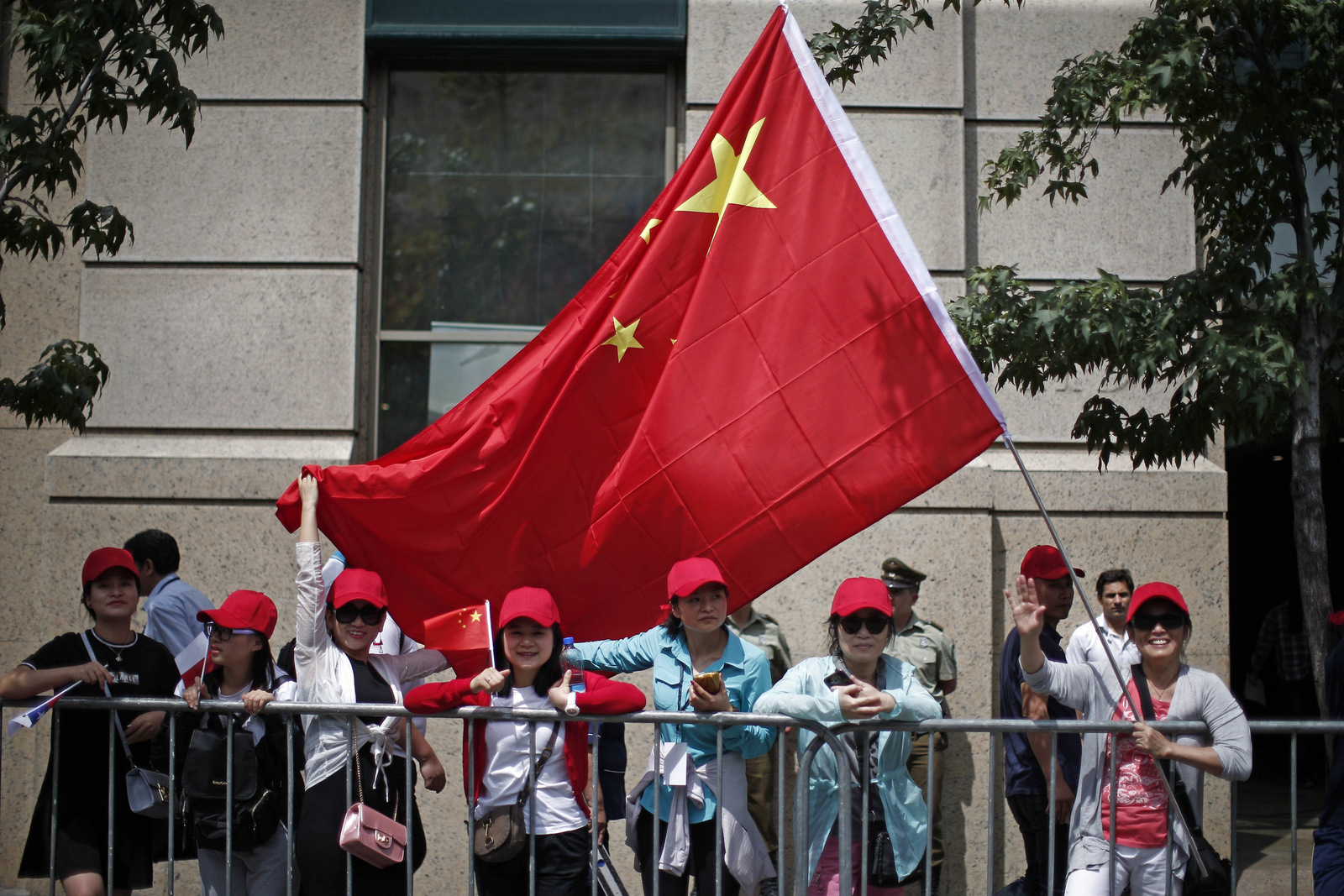
Of course, Western leaders now demonize Ortega, and call him a dictator, just as they routinely accuse the Chinese Communist Party of violating human rights. One must ask, however, why were Western leaders satisfied with the pro-Western regimes that starved Nicaraguans in 1970s and the 1990s? Were human rights not violated then? Weren’t the dictators Anastasio Somoza and Chiang Kai Chek, who the US supported, clearly violators of basic civil liberties?
China’s leadership has often criticized the “politicization of human rights” by international bodies. While endless condemnation is thrown at independent countries like China, Russia, Iran, Venezuela, and Syria; no action is taken to stop Saudi Arabia from bombing Yemen. Have the “human rights”of people in Libya, Iraq, or Afghanistan really improved since the toppling of their government by US and NATO intervention?
Meanwhile, Chinese President Xi Jinping is currently in Latin America, promoting China’s vision of global economic cooperation. Xi Jinping has recently visited Ecuador, the country where China has invested more than $10 billion, including 12 highways and 8 hydro-electrical power plants. The Coca-Condo Sinclair Hydro-electrical Power Plant, being constructed with Chinese assistance, will increase the country’s electrical supply by 30%.
I suspect that eventually many other countries will follow Nicaragua and join China’s New Silk Road to build infrastructure and stimulate their domestic economies. Both Ecuador and China have both walked on their own, specific, long, and drawn out revolutionary road; but they have the same ultimate destination. They want to transform their historically impoverished homelands into prosperous, peaceful societies where everyone is treated with dignity and respect. Many people, in many different countries across the planet, strive for the same thing, and will probably soon be embarking on a “long march” of their own.


